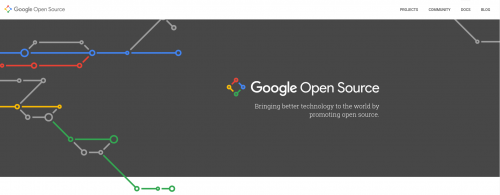Here are some interesting news on the subject of Google and HTTPS:
In support of our work to implement HTTPS across all of our products (https://www.google.com/transparencyreport/https/) we have been operating our own subordinate Certificate Authority (GIAG2), issued by a third-party. This has been a key element enabling us to more rapidly handle the SSL/TLS certificate needs of Google products.
As we look forward to the evolution of both the web and our own products it is clear HTTPS will continue to be a foundational technology. This is why we have made the decision to expand our current Certificate Authority efforts to include the operation of our own Root Certificate Authority. To this end, we have established Google Trust Services (https://pki.goog/), the entity we will rely on to operate these Certificate Authorities on behalf of Google and Alphabet.
The process of embedding Root Certificates into products and waiting for the associated versions of those products to be broadly deployed can take time. For this reason we have also purchased two existing Root Certificate Authorities, GlobalSign R2 and R4. These Root Certificates will enable us to begin independent certificate issuance sooner rather than later.
We intend to continue the operation of our existing GIAG2 subordinate Certificate Authority.
If you need a bit of help putting this into perspective, this Hacker News thread has your back:
You can now have a website secured by a certificate issued by a Google CA, hosted on Google web infrastructure, with a domain registered using Google Domains, resolved using Google Public DNS, going over Google Fiber, in Google Chrome on a Google Chromebook. Google has officially vertically integrated the Internet.
